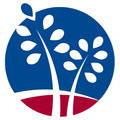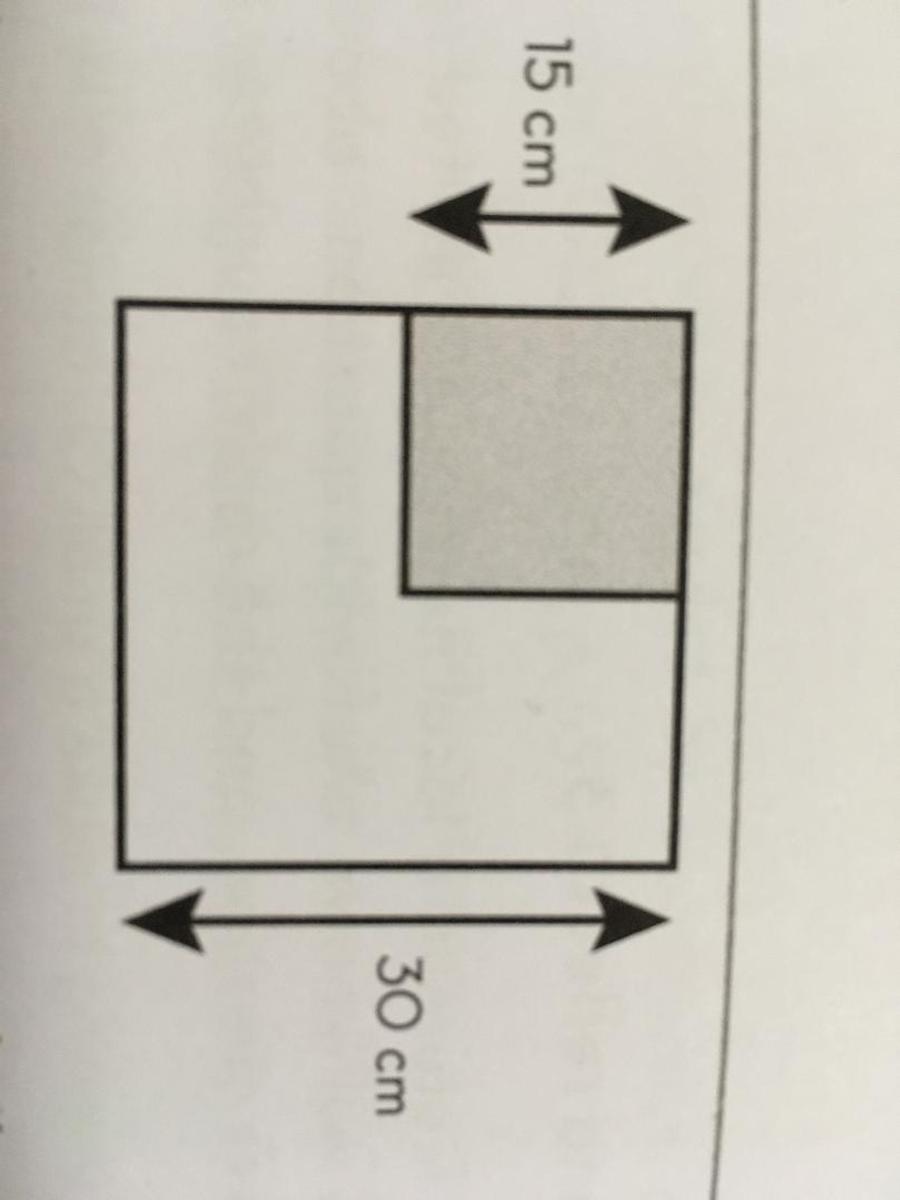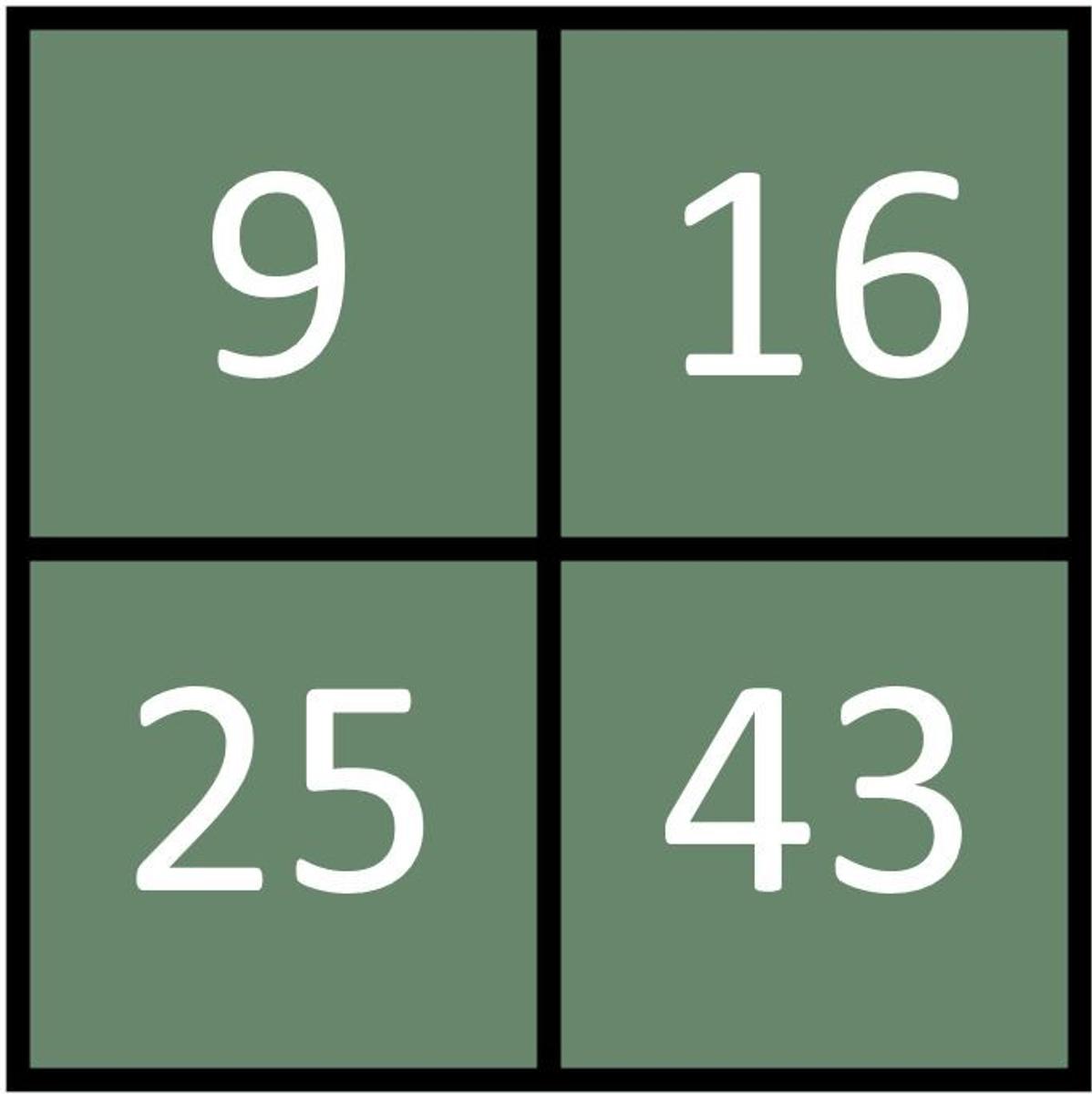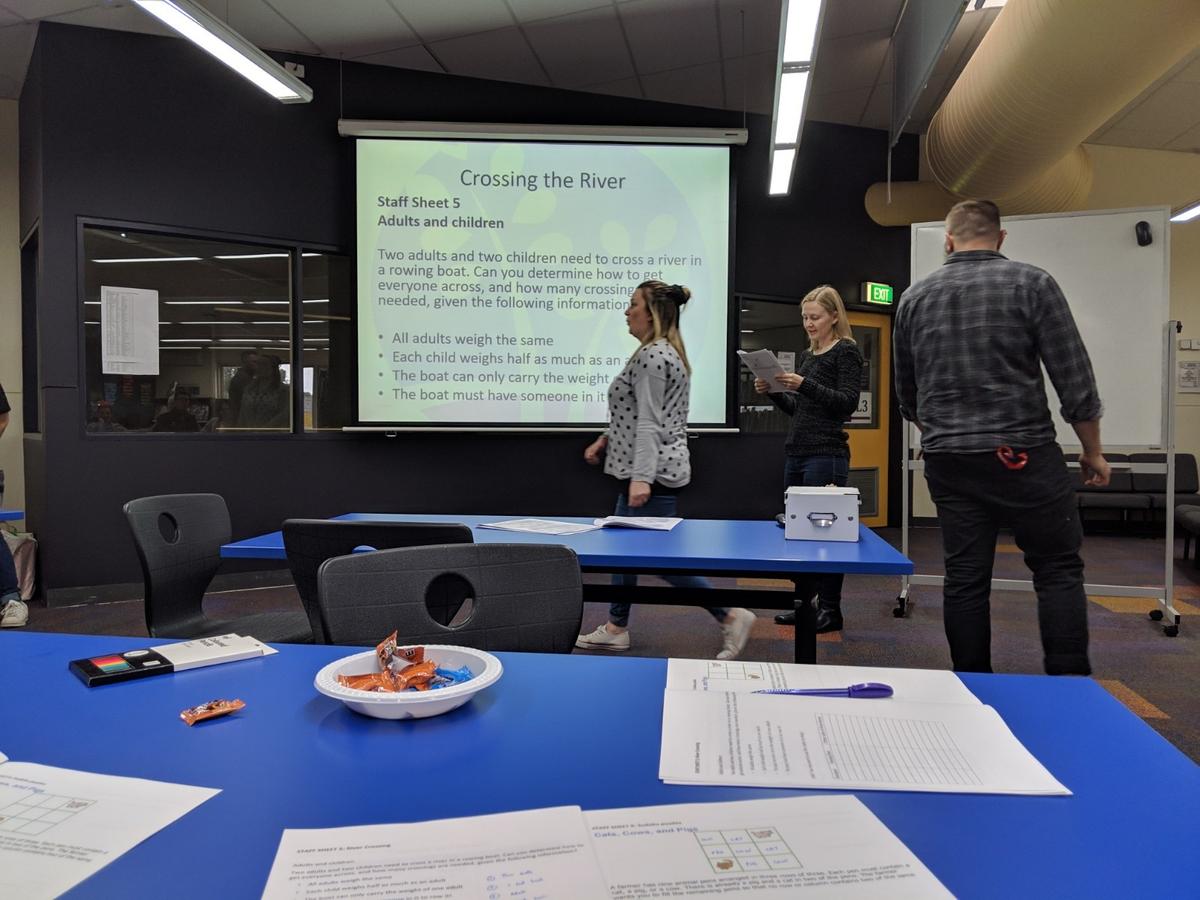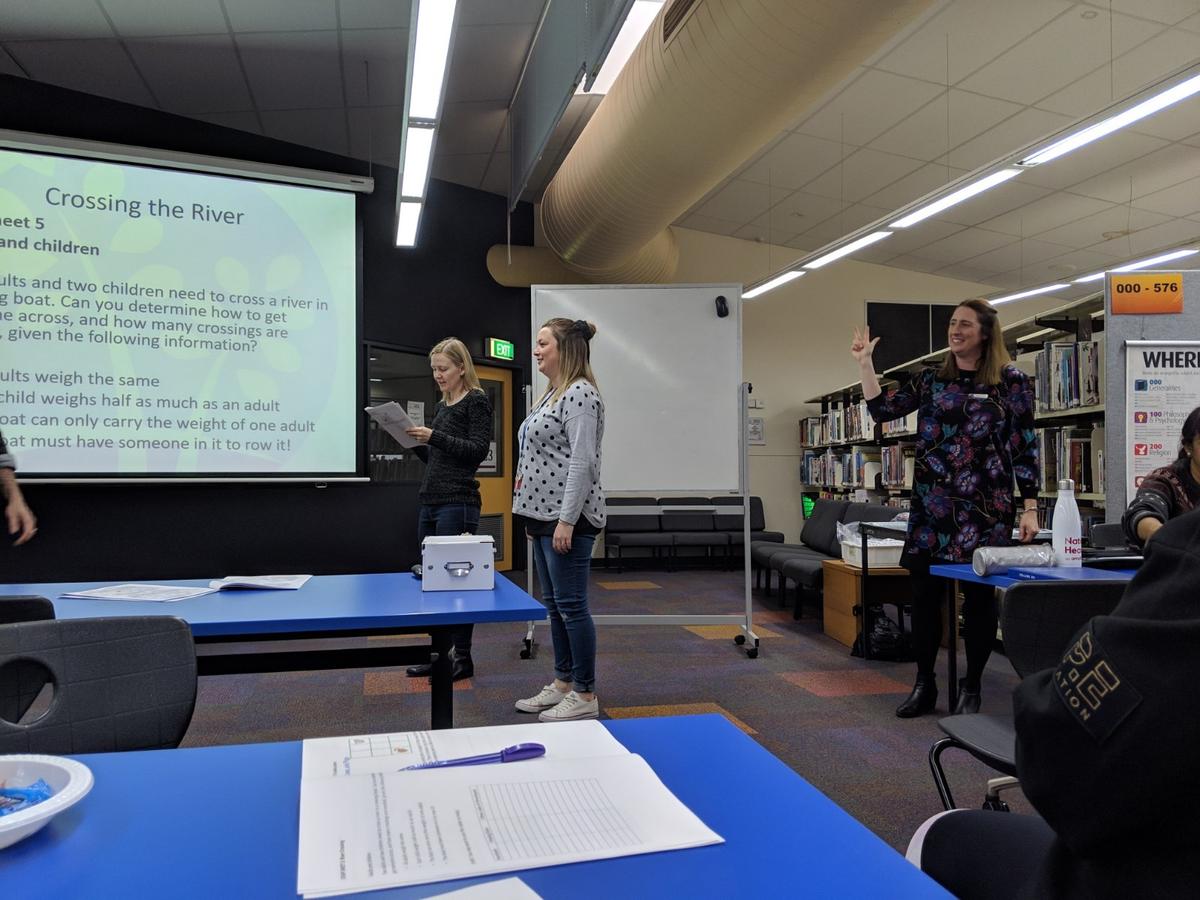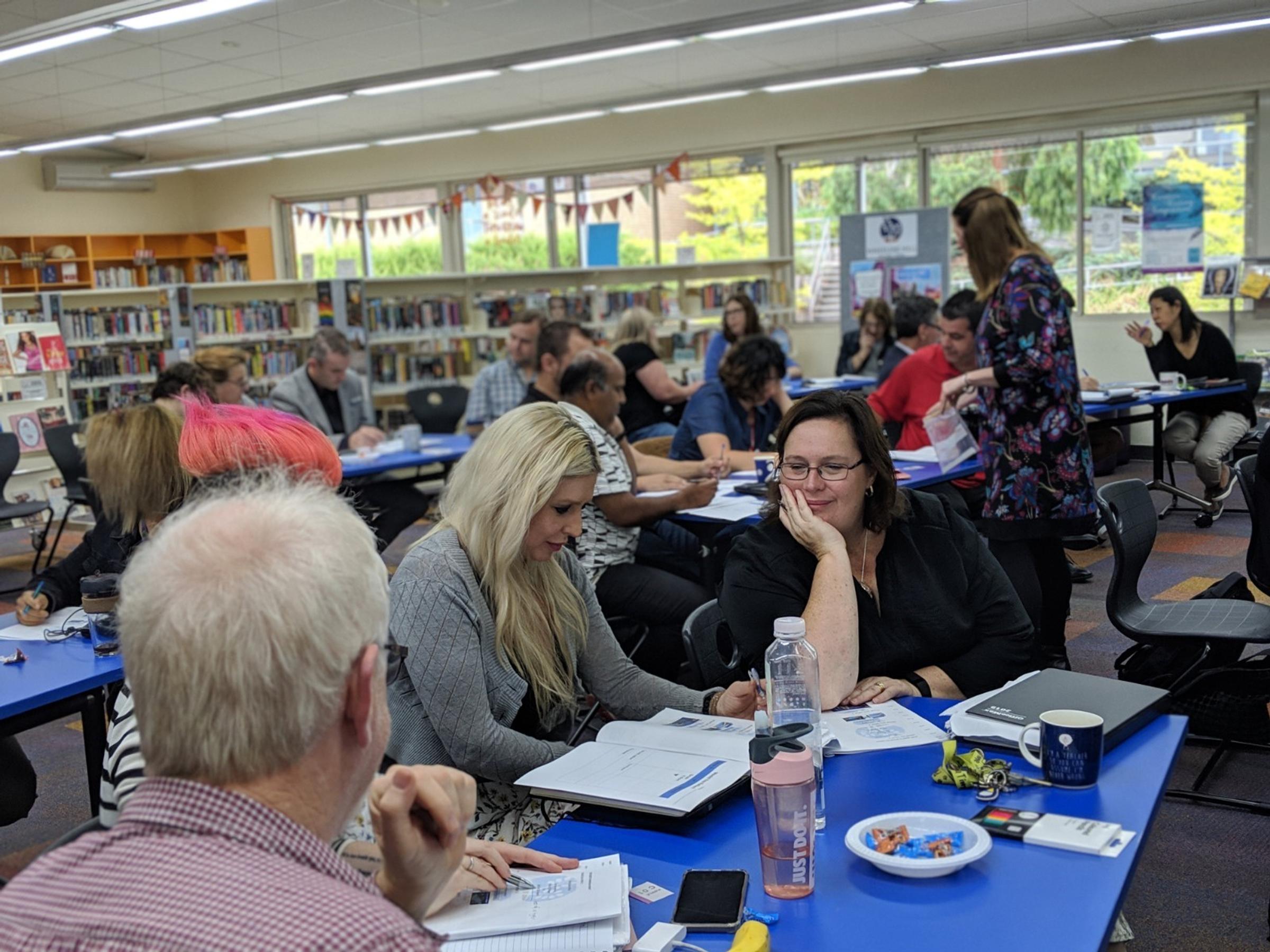
Numeracy
Numeracy and Literacy Professional Learning Day for Staff
On Tuesday 12th March, all teaching staff participated in Literacy and Numeracy Professional Learning. I organised the first session of the day which focused on Numeracy and ran from 9-10.45. Staff were introduced to the whole school Numeracy approach (as mentioned in the last newsletter). Our session’s focus was on how to implement Numeracy strategies across the Curriculum.
Background
Numeracy Learning Specialists drive whole school approaches in these areas. Naplan and PISA data has been showing a drop in student’s literacy and numeracy levels over time. When students graduate, there will be more jobs focused around STEM or using critical thinking skills, yet less students are choosing higher Mathematics subjects in VCE. The school also has a duty to prepare students with numeracy and literacy life skills beyond schooling.
Consider the following example
Numeracy Activity 1
A regular feature in a local newspaper invited readers to write to a well-known chef with questions about recipes. Read the following Question and Answer and decide if you think the advice was correct.
Q: I am planning to make a small Christmas cake in a 6-inch tin (15cm) and would like to know how to calculate the quantities of ingredients needed
A: Just break down the recipe accordingly,: for example, if your cake recipe is for a 12-inch tin (30cm), then halve the recipe.
The advice given by the well known chef is actually incorrect and a recipe for a 15cm square cake tin is actually one quarter of the 30cm square cake tin as can be seen in the diagram below.
New focus in Numeracy
There is a new focus in Numeracy to focus on problem solving and reasoning skills rather than the Maths skills of measuring, counting, recording, etc. The new focus is to have students develop their number sense (mental math) and explain their thinking (metacognition) when solving problems.
Numeracy Activities
An example of some of the numeracy activities staff engaged in and will be using in classes are listed below.
Have a go at these yourself!
Numeracy Activity 1: Esti-Mystery
- Created by Steve Wyborney
- Estimation meets Math Mystery
- Students make an estimate and then as each clue is revealed they revise their estimate
Before seeing any clues, estimate how many objects are in the cup.
Now use the clues to come up with a closer estimate.
Clue 1: The answer is an odd number
Clue 2: Look at the visible faces on the die. What do you see? Those 3 digits are not in the answer.
Clue 3: Add the visible numbers on the die. The sum is not a digit in the answer
Clue 4: The answer does not include the digit 6
Clue 5: Look at the die again. The visible numbers are part of a counting sequence – except one number is missing. That missing number represents a digit that is in the answer
By combing the clues and estimation, you now have enough information to determine the answer.
What is your estimate?
Numeracy Activity 2: WODB
- Thought provoking puzzles
- There are many, different ways of choosing which one doesn’t belong
- Reasoning must be provided as to why they chose that puzzle
Which one do you think doesn’t belong and why?
Here are some photos of staff having a go at the puzzles!
Numeracy Puzzle 3 : Crossing the River
Can you work out the minimum number of trips needed to move 2 adults and 2 children from one riverbank to the other side with the following conditions.
Adults and children
Two adults and two children need to cross a river in a rowing boat. Can you determine how to get everyone across, and how many crossings are needed, given the following information?
- All adults weigh the same
- Each child weighs half as much as an adult
- The boat can only carry the weight of one adult
- The boat must have someone in it to row it!
Here are some photos of staff trying the activity!
Numeracy across the Curriculum
These are just a sample of the activities staff engaged in during the Numeracy Session. The staff will now plan in their domains how to incorporate more Numeracy activities to embed Numeracy as part of the Curriculum in every Domain. In future issues of the Newsletter, I will take photos of students using Numeracy across the Curriculum so we can build Numeracy life skills in the students at Wheelers Hill Secondary.
Solutions to Numeracy Puzzles
Numeracy Puzzle 1: There are 53 Objects. How did you go?
Numeracy Puzzle 2: Any answer is valid with a reason. Examples are shown below
9 – only single digit number, the only one whose digits don’t add to 7
16 – the only even number
25 – the first digit is smaller than the second digit
43 – the only prime number
Numeracy Puzzle 3: The minimum number of trips is 9.
Michelle Galli
Numeracy Learning Specialist
